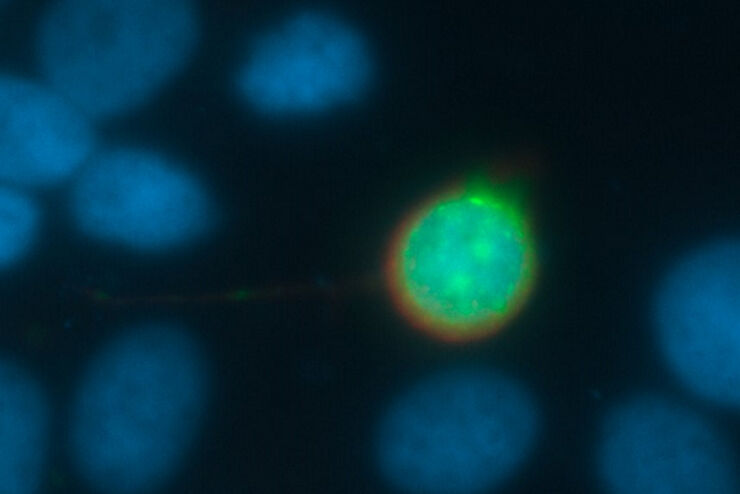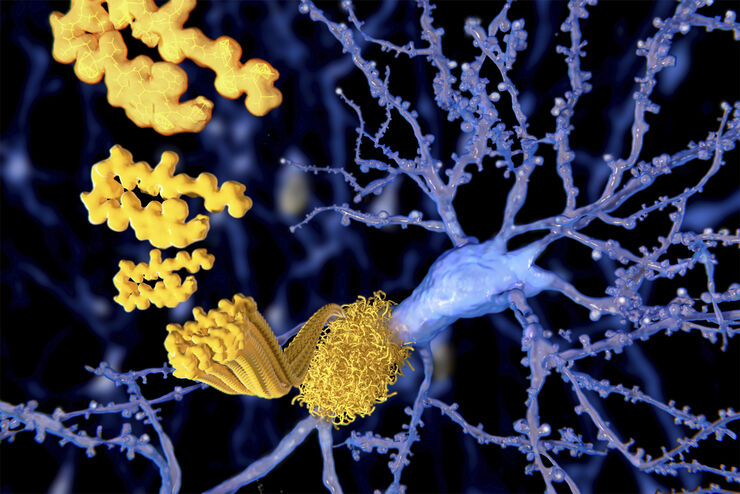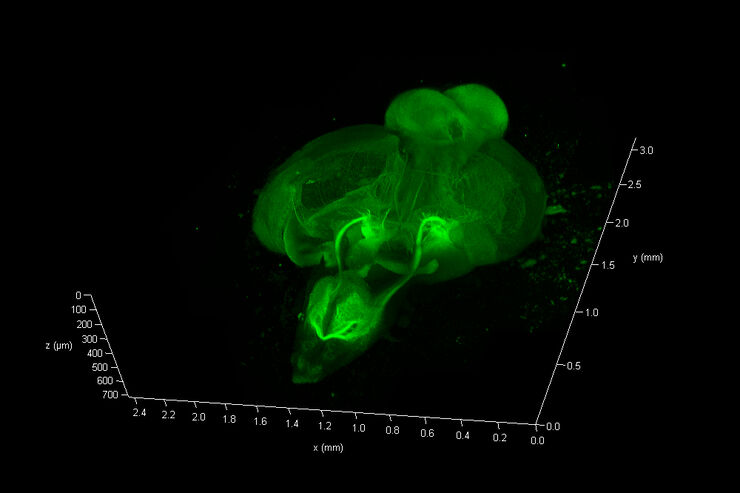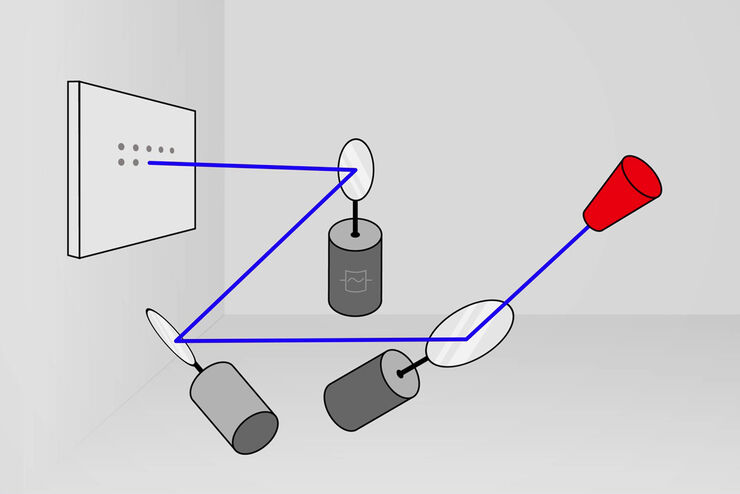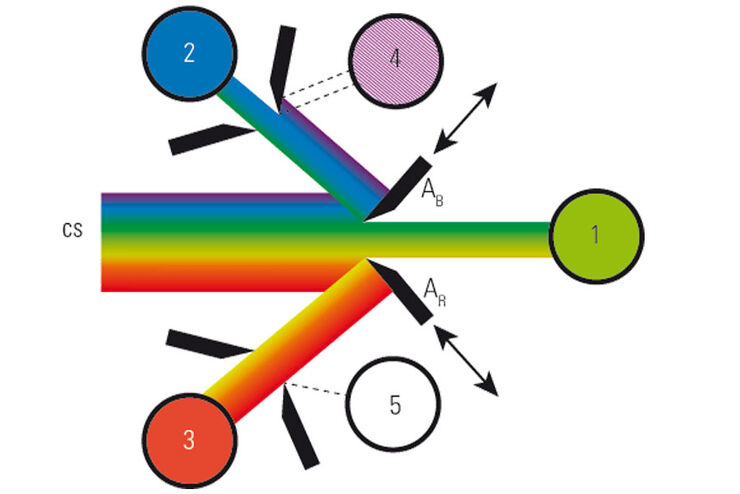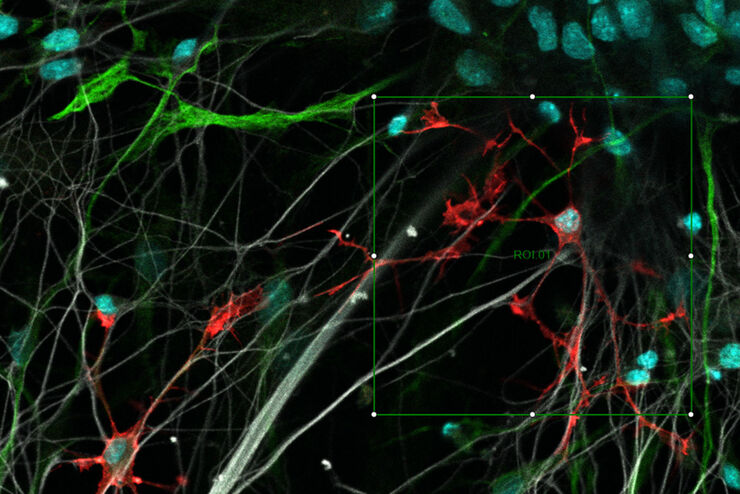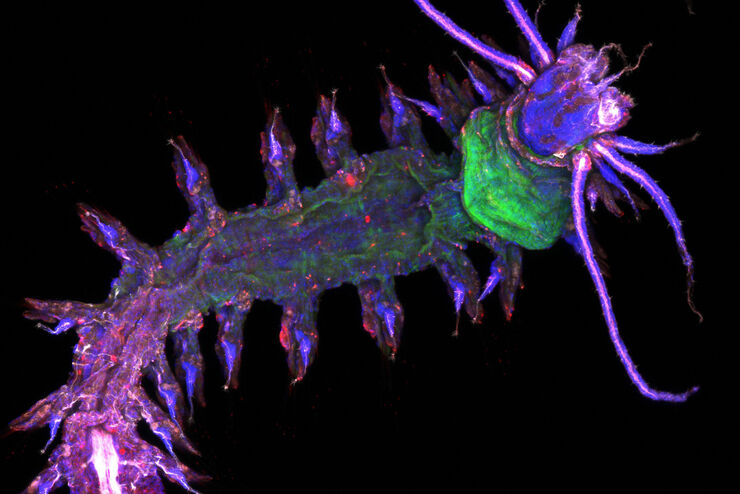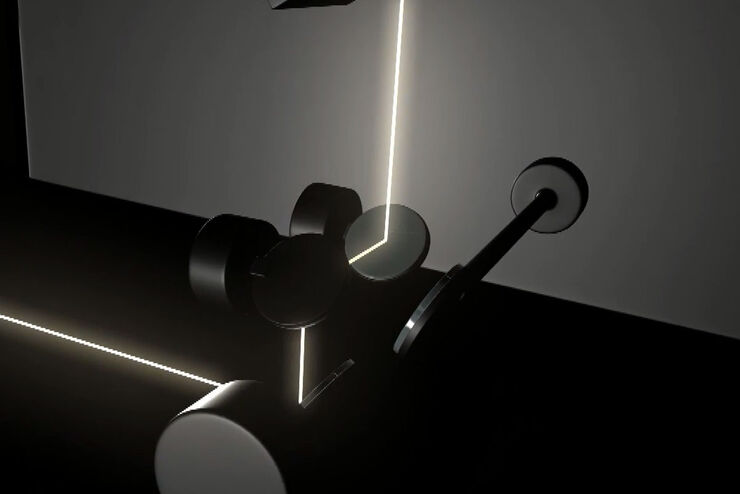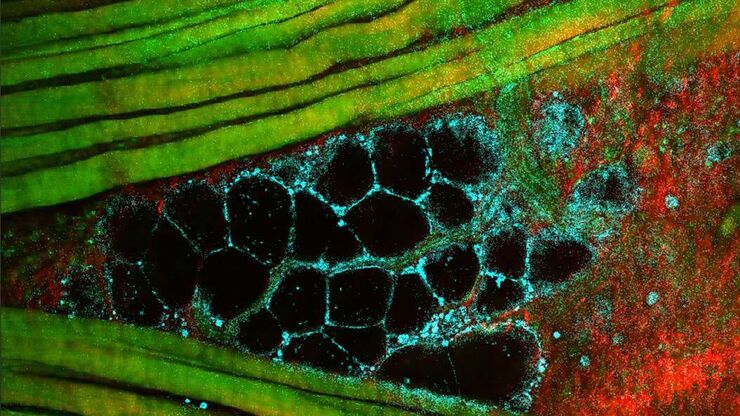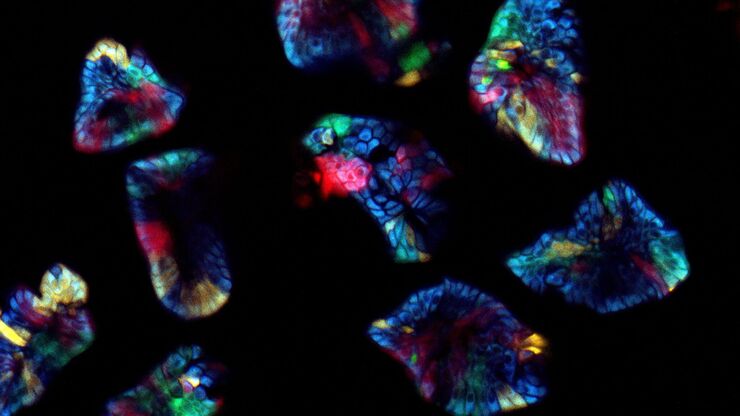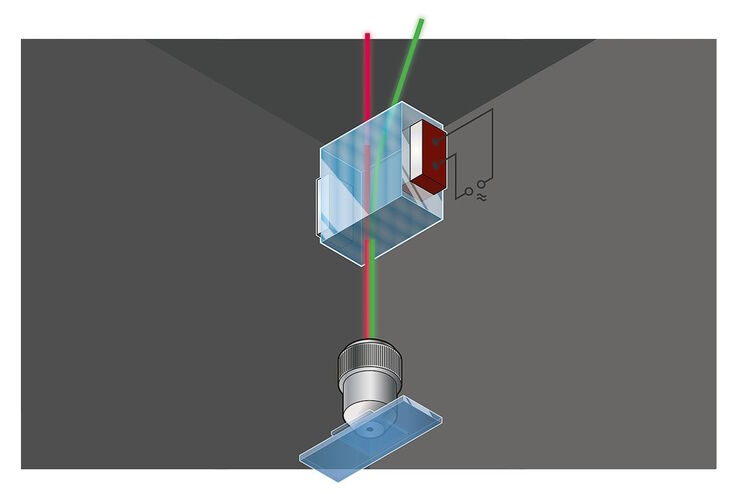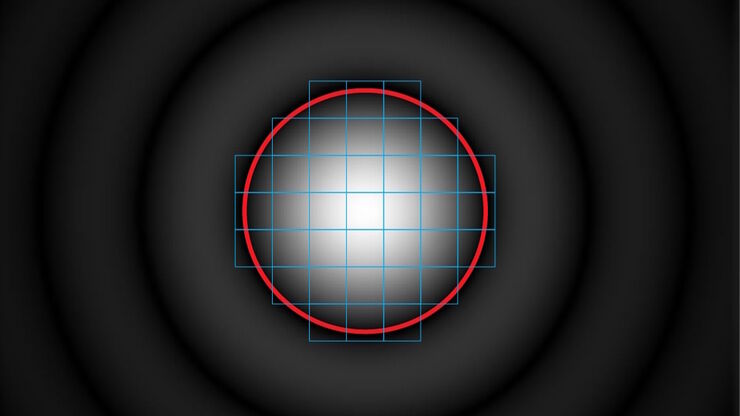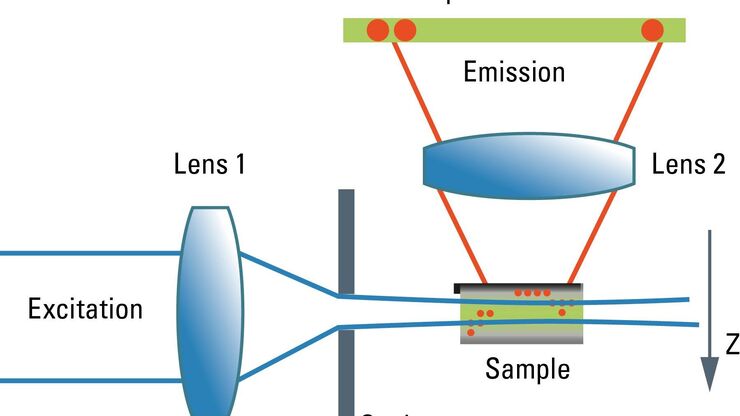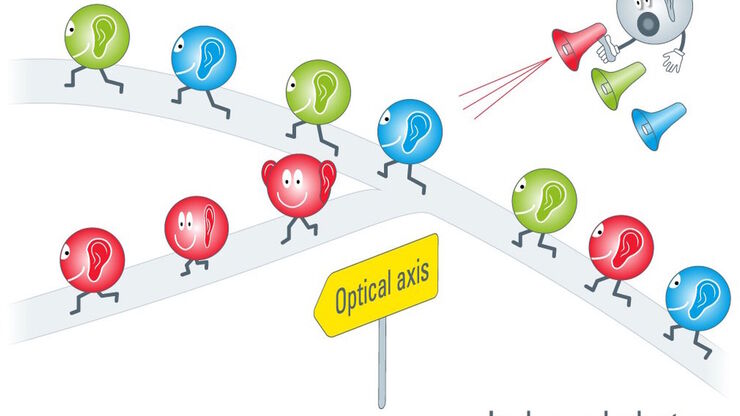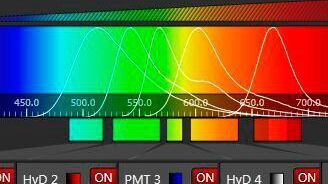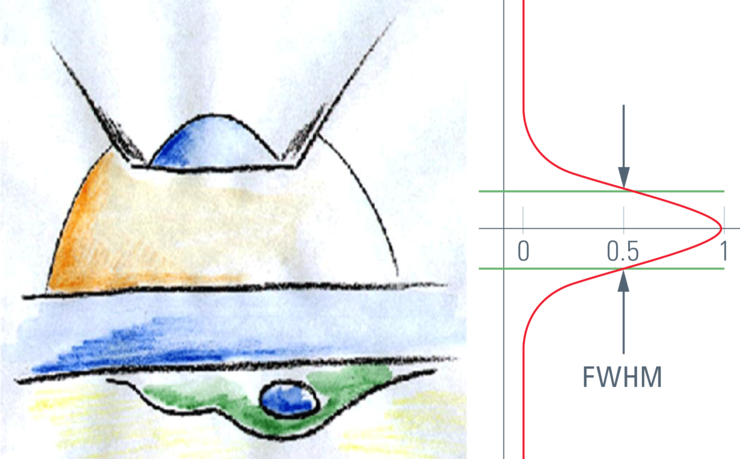Rolf T. Borlinghaus , Dr.

Rolf Borlinghaus wurde 1956 in Grötzingen, Deutschland, geboren. Nach seinem Diplom in Biologie arbeitete er im Labor von Peter Läuger im Fachbereich Biophysik der Universität Konstanz an elektrogenen Schritten der Na/K-ATPase durch laserinduzierte Freisetzung von ATP aus einer eingeschlossenen Verbindung, von wo aus er 1988 zum Dr.rer.nat. befördert wurde. 1990 begann er als Produktmanager für Fluoreszenz- und konfokale Forschungsmikroskope bei Carl Zeiss in Oberkochen zu arbeiten. 1997 wechselte er zu Leica (damals Leica Lasertechnik, Heidelberg), um sich dieser Herausforderung zu stellen. Aus persönlichen Gründen hat Rolf Borlinghaus 2007 seine Führungsaufgaben abgegeben und unterstützte als Senior Scientist mit einer halben Stelle die konfokale Marketinggruppe. Die andere Hälfte widmet er den Bereichen Beziehungen, Lebensmittel und Botanik.
Springer-Publikationen:
2017 Die Lichtblattmikroskopie (DE)
2017 The White Confocal (EN)
2016 Konfokale Mikroskopie in Weiß (DE)
2016 Unbegrenzte Lichtmikroskopie (DE)
Rolf Borlinghaus ging im Dezember 2020 in den Ruhestand.
Nachdem wir im Mai 2021 erfahren haben, dass Rolf Borlinghaus verstorben ist, möchten seine Kollegen ihren Dank und ihre Anerkennung für sein langjähriges Engagement für Leica Microsystems und seine Kunden zum Ausdruck bringen. Seine zahlreichen Beiträge zur Mikroskopie, die auf Science Lab und in wissenschaftlichen Zeitschriften und Büchern veröffentlicht wurden, werden in Erinnerung bleiben.
